Hawaii kona Kona coffee brewing method Hawaiian coffee Kona coffee powder how to drink
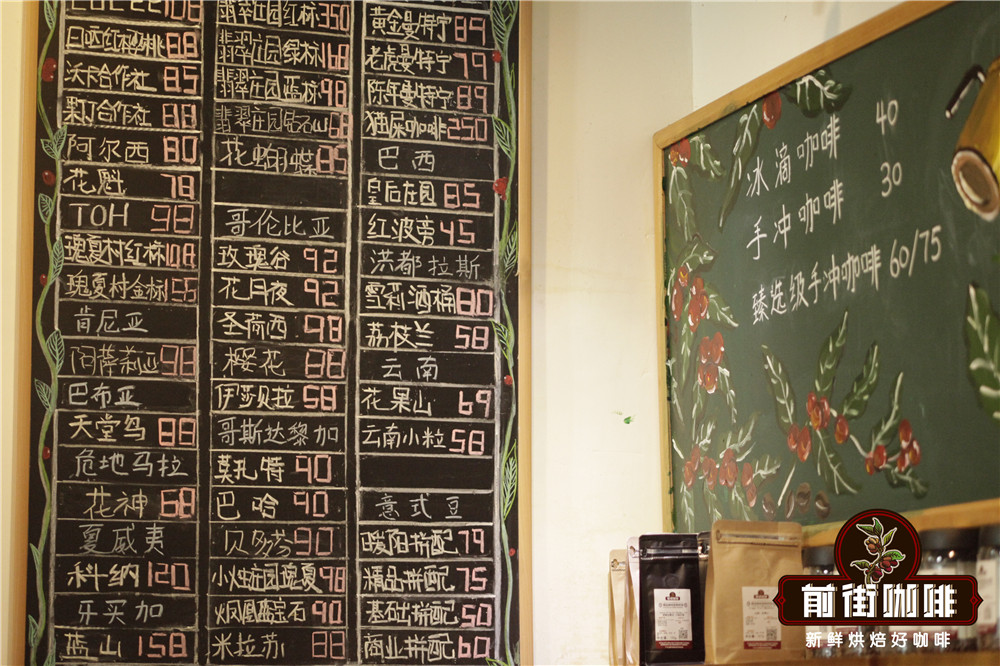
Professional coffee knowledge exchange more coffee bean information please follow the coffee workshop (Wechat official account cafe_style)
Maybe you've all heard of Jamaica Blue Mountain Coffee, but Hawaii Kona Coffee is a little strange. As one of the representatives of island coffee, Kona Coffee is called a king and a queen with Jamaica Blue Mountain Coffee. When many people come to the front street to see the price of Kona coffee on the menu, they will ask why Kona coffee is so expensive. It is obviously not as famous as Blue Mountain one coffee, but the price is close to that of Blue Mountain one coffee. In this article on Qianjie, let's take a look at what Hawaiian Kona coffee is.
What is island coffee?
Island-type coffee producing areas, coffee growing areas are located in the vast sea, there is no link with land. The temperature here does not change much throughout the year, but there is a big temperature difference between day and night, and there are enough clouds to block out the sun. Although the average elevation of coffee producing areas is not very high, the quality of coffee produced here is not low due to Hawaii's special island climate and fertile volcanic soil. The flavor of island coffee is defined as soft fragrance and elegance. The thickness is slightly thinner, not as mellow as Indonesia's Mantenin, but also owes Kenya's changeable acid quality.
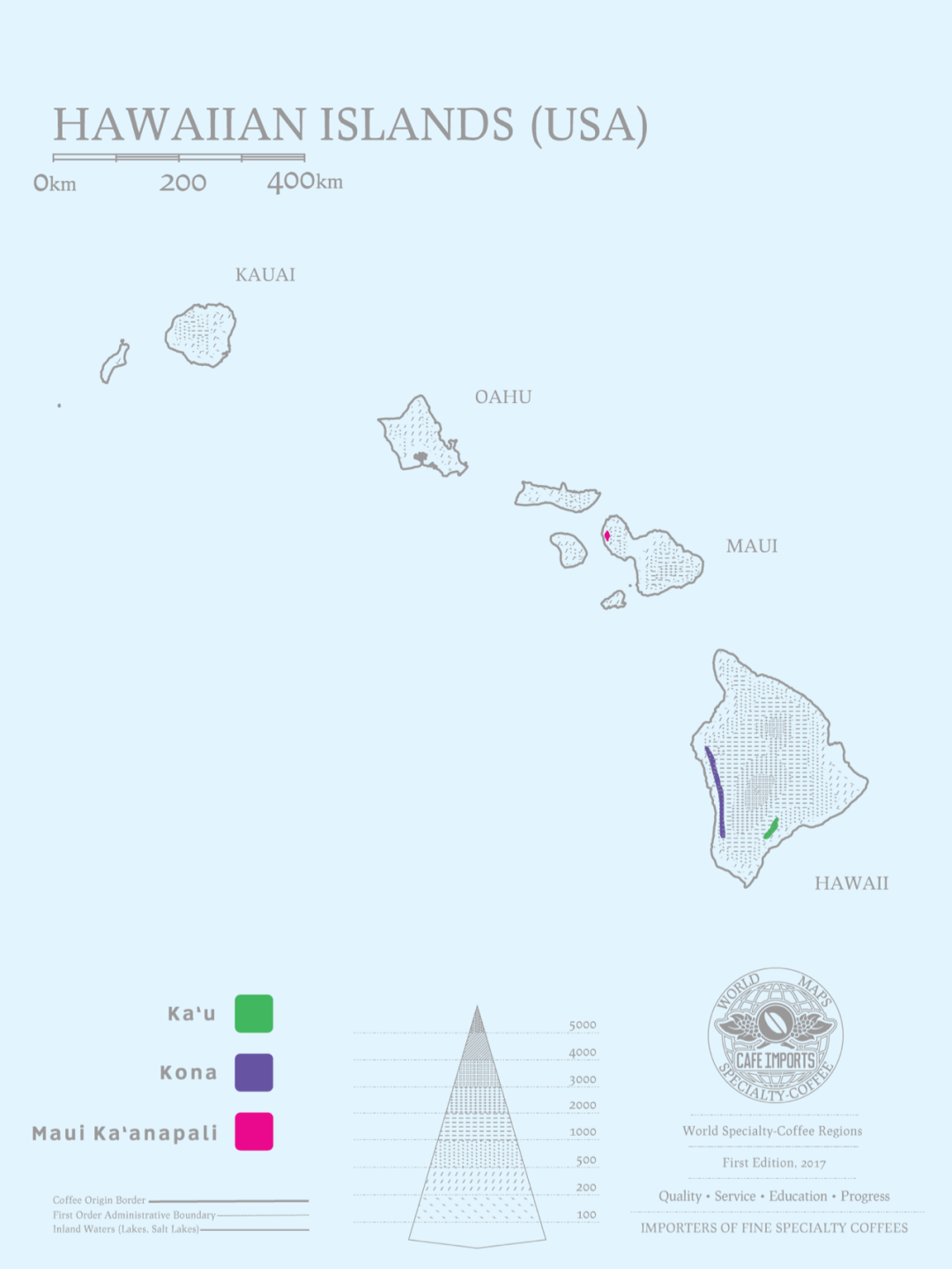
Why is Kona coffee so expensive?
In the 2019 season, Hawaii produced only 12400 tons of coffee beans, compared with 384000 tons in Ethiopia and 2.652 million tons in Brazil in the same season. At the same time, Hawaii needs to comply with U. S. federal regulations and meet the minimum wage of $7.25 per hour, or 47.2 yuan. As the saying goes, scarcity is precious, and Qianjie believes that this is the main reason for the high price of Kona coffee.
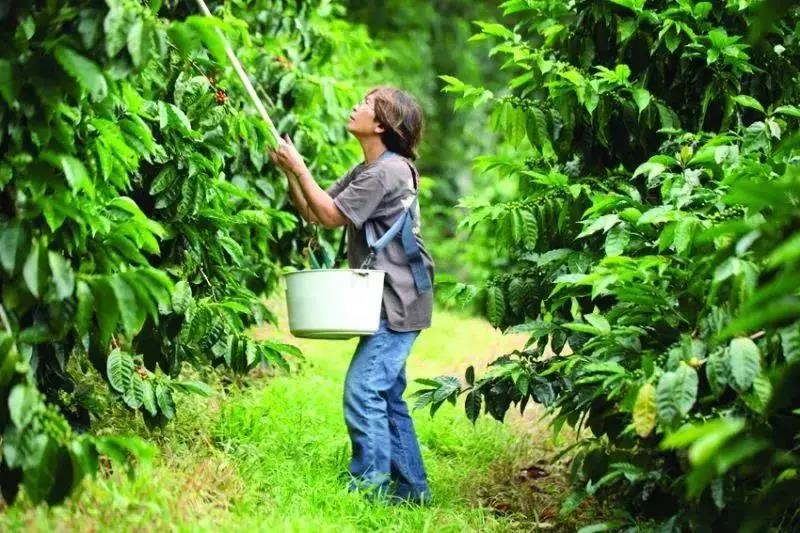
Kona Coffee Variety-- Iron pickup
Kona's iron pickup was introduced from Guatemala in 1892. Kona's tin beans are huge and grow at an altitude of 600-1100m. Kona's altitude is lower than that of other coffee-producing countries, but on the island of Hawaii, Kona is high altitude. Some people have tried to transplant Kona's iron pickup to other islands, but because the temperature of other islands is too high and the altitude is too low, the iron pickup does not grow smoothly, so it cannot produce the soft and sour fragrance unique to Kona.
The reason for the low output of Kona coffee
Hawaiian coffee producing area is between 150-1000 meters above sea level, which is a typical low-altitude producing area. In fact, it is not suitable for iron pickups. Coupled with its tropical location, the fruit is vulnerable to diseases and insect pests. Among them, coffee beetle (coffee berry borer) has the greatest impact on Hawaii. According to statistics, since the disease was discovered in Hawaii in 2010, it has infected more than 800 coffee farms, reducing coffee quality and increasing production costs by 10-15%.
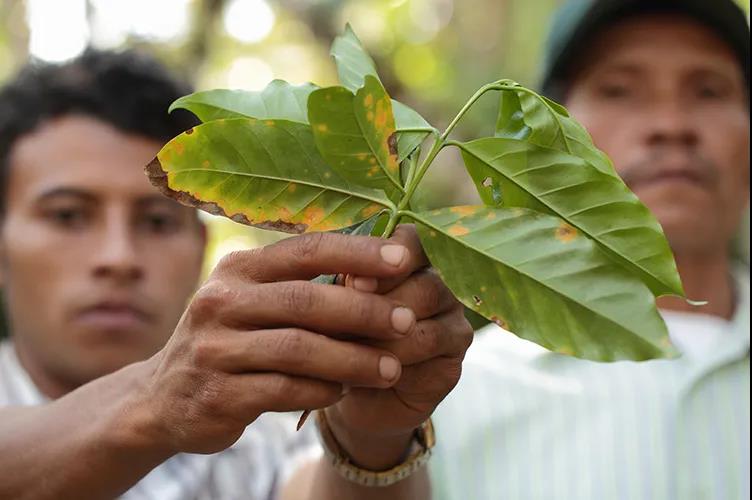
In addition to pests, the Hawaiian Department of Agriculture (The Hawaii Department of Agriculture HDOA) reported the disturbing finding to Governor David Ige's office about two weeks ago, about a month after a coffee farm in Haiku, Maui, reported symptoms of suspected leaf rust to HDOA. It is not known how leaf rust arrived in Maui, Hawaii, and the timing of its existence is not known.
What is leaf rust? What effect does it have on coffee?
Leaf rust disease mainly occurs in leaves, but rarely occurs in fruits and branches. After the leaf was infected by rust fungus, light yellow water-stained small disease spot appeared on the back of the leaf, and there was a light green halo around the disease spot. When the disease spot expanded to 5~8mm, the disease part grew orange-yellow powdery spore pile from the stomata, and the disease spot gradually expanded, and several disease spots were connected into large irregular disease spots, and then dried up and turned brown in the center of the disease spot.
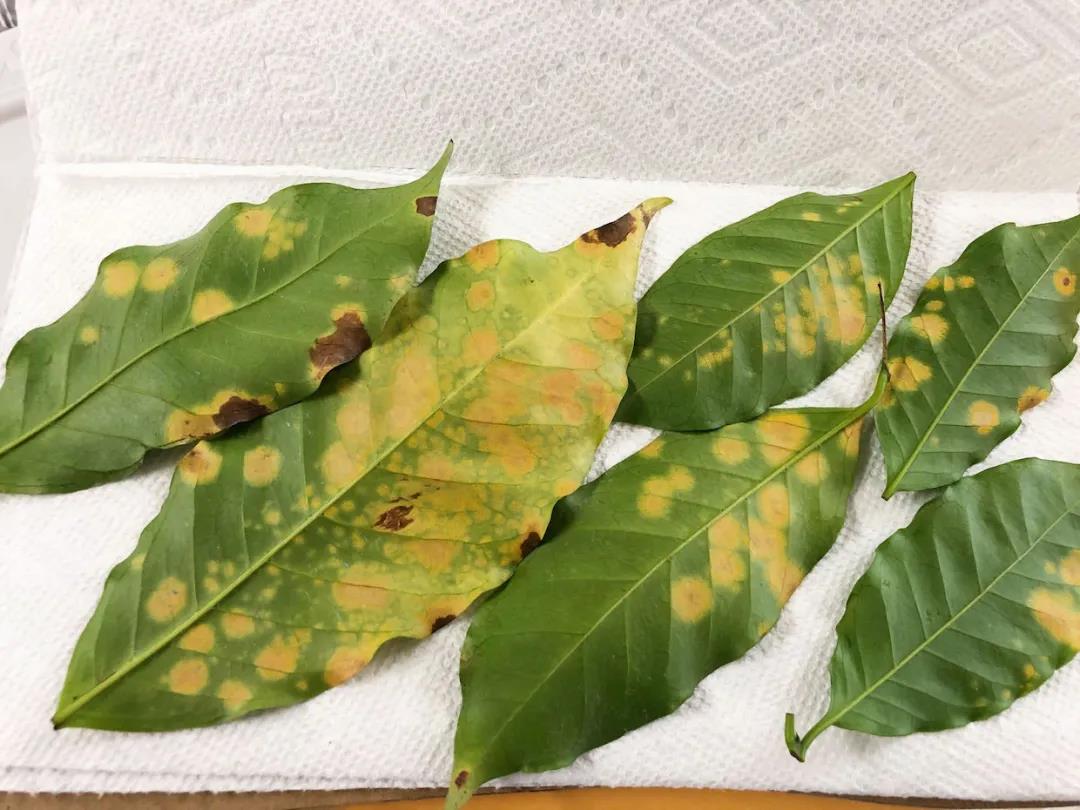
Brown spots can be seen on both sides of the leaves, and finally fall off gradually, and coffee plants can die within a few years. The gradual discovery of leaf rust in Hawaii poses a serious threat to the Hawaiian coffee industry because the disease can spread rapidly and kill coffee crops in large quantities.
Kona coffee bean treatment
A major feature of traditional Kona coffee is that it has an elegant acidity and a clean and balanced flavor, thanks to the washing method. After the selection, the pectin is removed by machine, and then put into the pool to ferment with water. after the fermentation and removal of pectin, the coffee beans will be cleaned again because the fermentation bacteria and impurities will remain on the coffee beans. In order to clean, this step will consume a lot of water, and then the fruit will be dried and shelled.
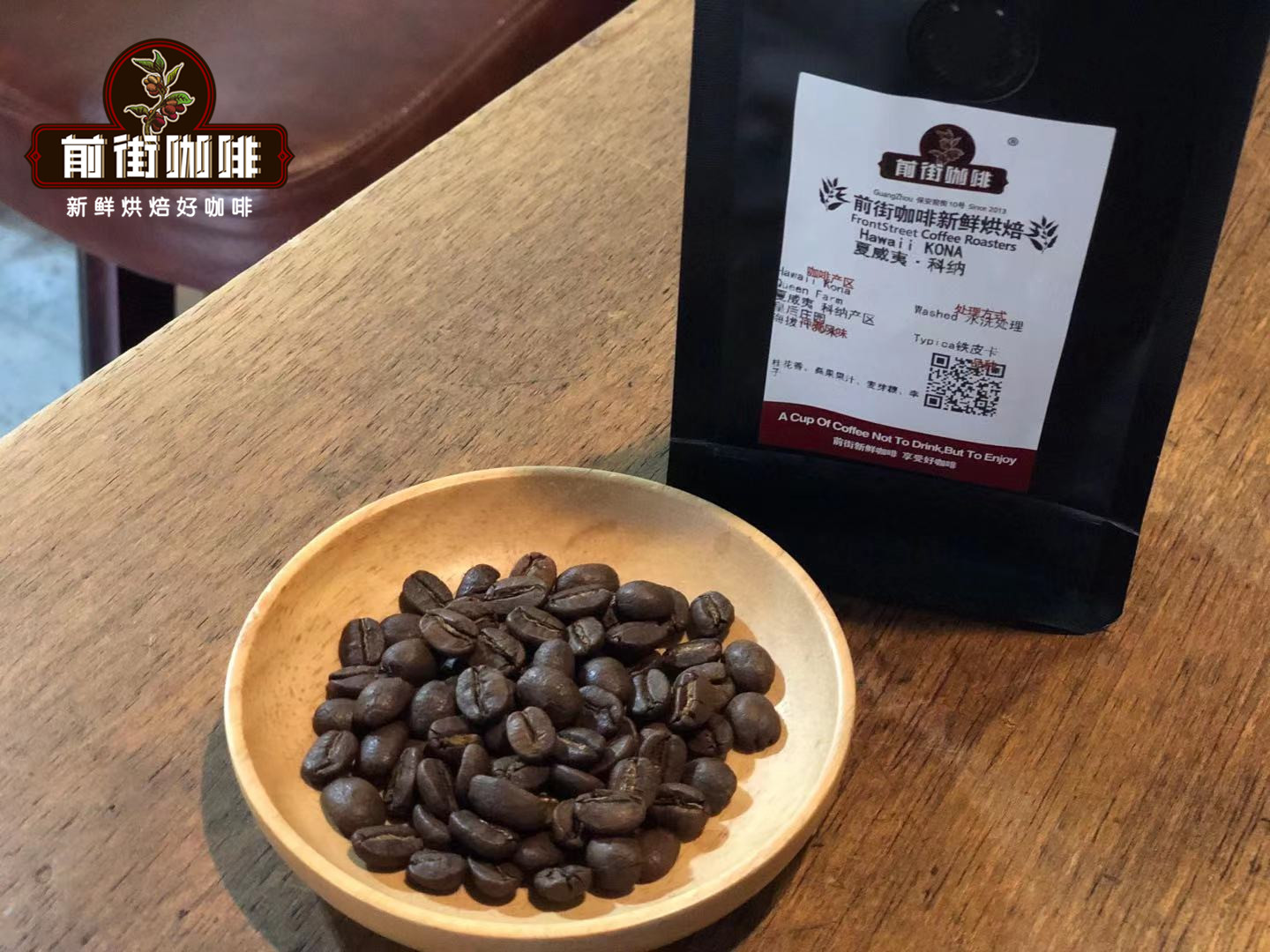
But Kona coffee beans because of washing treatment, there is a problem of environmental pollution. One is that the fermented water will become acidic, and the long-term discharge will increase the acidity of the surrounding water sources and soil; secondly, there are a lot of phosphorus and potassium in the coffee fruit, when the water containing a large amount of phosphorus and potassium is discharged, phosphorus and potassium will make the soil lose the function of natural regulation and affect other ecosystems.
How do you like Kona coffee beans?
Kona coffee beans are unusually full-bodied with cinnamon flavors and a well-balanced sour taste. And the luster is bright, and the shape of Kona beans is neat on average. Kona coffee is characterized by reminiscent of grass or trees as fresh and sweet, as well as citrus fruit-like acidity and richness, a variety of features, without a trace of turbid texture. Qianjie cup test Kona coffee that the coffee flavor is rich and fragrant, not bitter, not astringent, no scorched taste with soft sour taste and sweet maltose, taste rich, smooth, mellow.
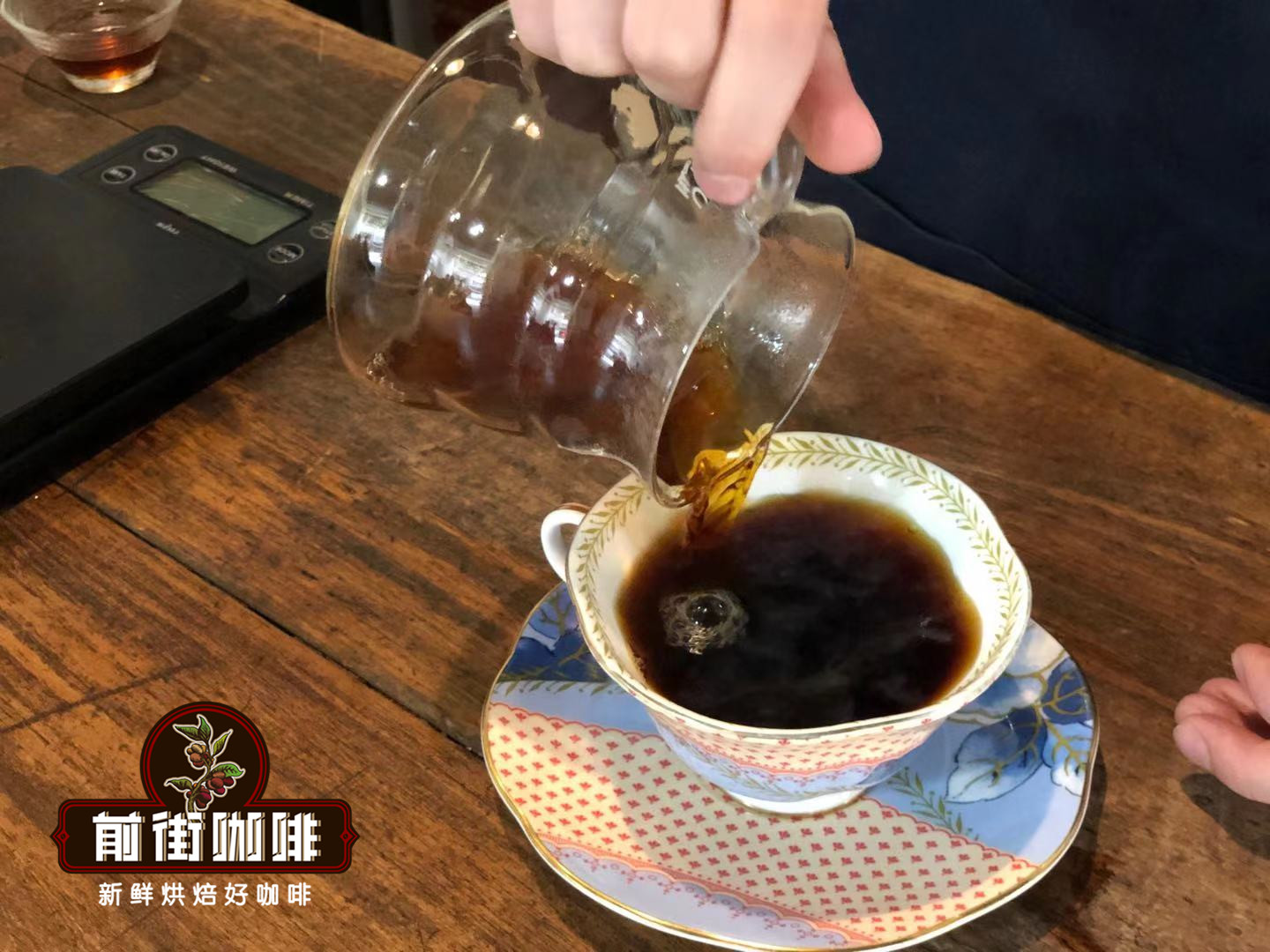
How to roast Kona coffee beans in front of the street coffee?
Kona coffee beans are low-density beans, the temperature of the beans should not be too high, when the sweet taste, the color changes to light yellow, high moisture content, need to stew enough time, so Qianjie roaster suggested that Kona coffee beans should not be roasted too deep, use light baking can be.
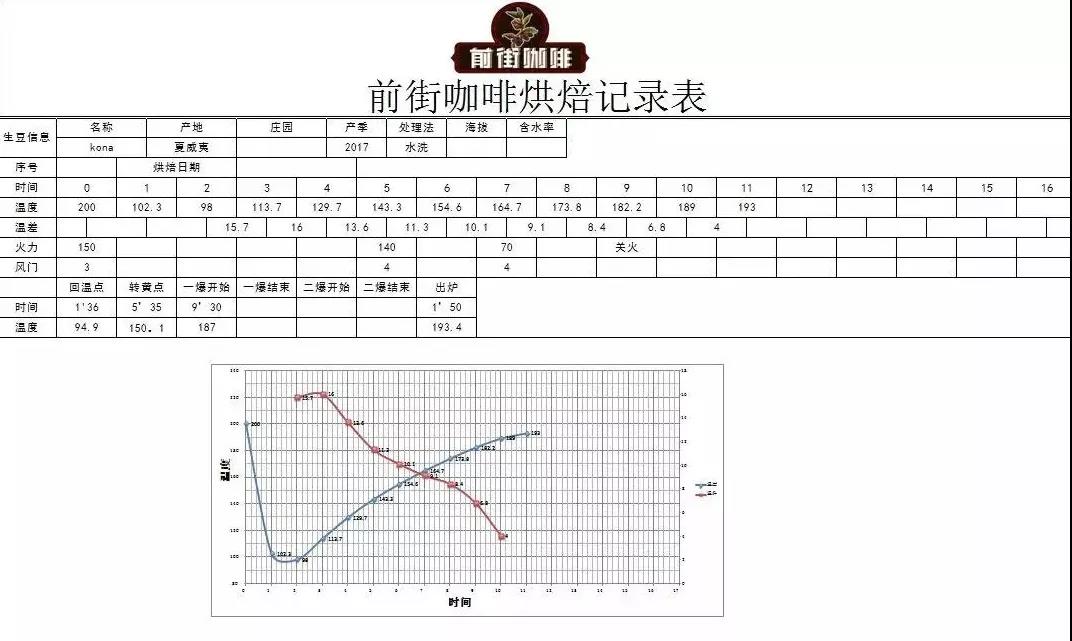
Qianjie baker uses Yang family 800N, raw beans 550g. Put the furnace temperature to 200 degrees Celsius, adjust the firepower to 150 degrees after opening the throttle for 1 minute, keep the throttle unchanged, bake to 5 degrees 35 ", the temperature is 150 degrees, the bean surface turns yellow, the smell of grass completely disappears, the dehydration is completed, the firepower is adjusted to 140 degrees, and the throttle is changed to 4. In the 9th '30th minute, ugly wrinkles and black markings appear on the bean surface, and the smell of toast obviously changes to the smell of coffee, which can be defined as a prelude to an explosion. At this time, listen carefully to the sound of the explosion point, start the explosion at 9: 30 ", lower the firepower to 70 degrees, the throttle should be fully open (adjust the firepower to be very careful, not so small as to be free of bursting sound), turn off the heat at 182 degrees, and put the pot at 193.4 degrees.
How to brew Kona coffee in front of the street?
The filter cup uses the Hario V60 filter cup, and the rib design of the V60 filter cup can enhance the layering of the coffee.
Amount of powder used: 15g
Ratio of powder to water: 1:15
Boiling water temperature: 89 ℃
Grinding degree: EK43S 10.5 scale (pass rate of standard sieve 20 is 70%)
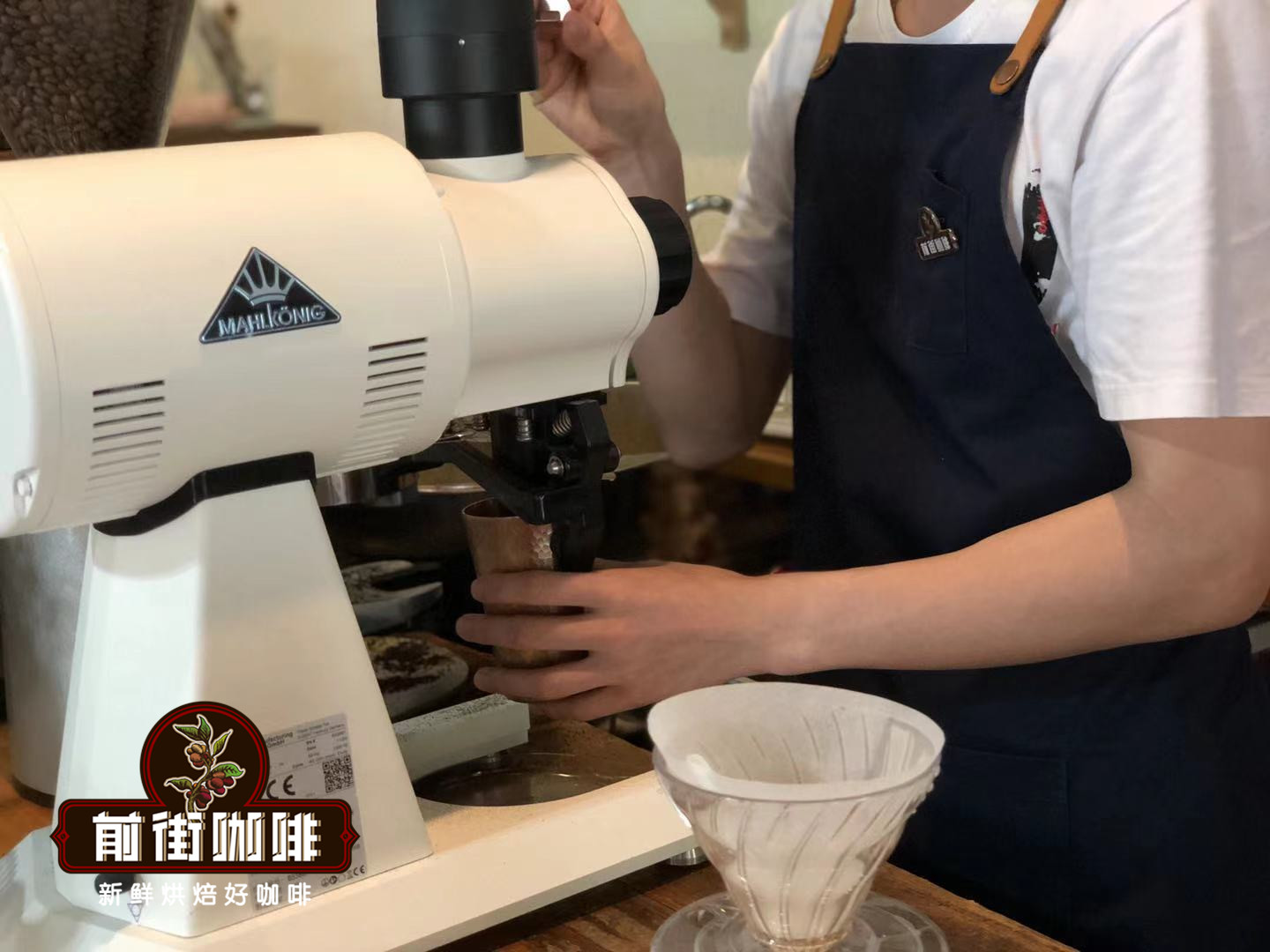
Qianjie cooking technique: 30 grams of water for steaming for 30 seconds, and then the small flow center slowly circle 150 grams of water, that is, the electronic scale shows 180 grams. Then when the powder layer drops to 1 stroke, 45 grams of water is injected into 2 places, reaching a total of 225 grams of water. After all the coffee liquid of the filter cup flows into the next pot, remove the filter cup and end the extraction. The total cooking time is 1 minute and 50 seconds.
Kona coffee brewing flavor: this brewing method shows Kona's rich fruit tone, sweet aromas of mulberry, black brin, plum and maltose, with rich overall layering and juice-like taste.
For more boutique coffee beans, please add private Qianjie coffee on Wechat. WeChat account: kaixinguoguo0925
Important Notice :
前街咖啡 FrontStreet Coffee has moved to new addredd:
FrontStreet Coffee Address: 315,Donghua East Road,GuangZhou
Tel:020 38364473
- Prev
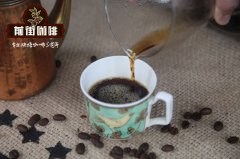
What is the good brand of Hainan coffee? what is the price of Hainan coffee? a bag of Hainan coffee
Professional coffee knowledge exchange more coffee bean information please follow the coffee workshop (Wechat official account cafe_style) Hainan coffee is strong but not bitter, fragrant but not strong, and with a unique fruity flavor 95% of the coffee is produced in Yunnan, Hainan coffee production is less than 2% of the national total, but many people only know China's Hainan coffee, but do not know Yunnan coffee, this is why?
- Next
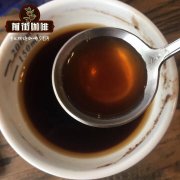
The origin and development of Hainan coffee. How about Hainan coffee beans? is the price of Hainan coffee beans expensive?
Professional coffee knowledge exchange more coffee bean information please follow the coffee workshop (Wechat official account cafe_style) Hainan coffee planting history is very simple, four words industry to save the country. It is related to the deeds of Mr. Chen Xianzhang. Hainan coffee is not small seed coffee Arabica coffee, but medium grain coffee Canifa coffee, also known as Robusta coffee, often drinks coffee
Related
- Detailed explanation of Jadeite planting Land in Panamanian Jadeite Manor introduction to the grading system of Jadeite competitive bidding, Red bid, Green bid and Rose Summer
- Story of Coffee planting in Brenka region of Costa Rica Stonehenge Manor anaerobic heavy honey treatment of flavor mouth
- What's on the barrel of Blue Mountain Coffee beans?
- Can American coffee also pull flowers? How to use hot American style to pull out a good-looking pattern?
- Can you make a cold extract with coffee beans? What is the right proportion for cold-extracted coffee formula?
- Indonesian PWN Gold Mandrine Coffee Origin Features Flavor How to Chong? Mandolin coffee is American.
- A brief introduction to the flavor characteristics of Brazilian yellow bourbon coffee beans
- What is the effect of different water quality on the flavor of cold-extracted coffee? What kind of water is best for brewing coffee?
- Why do you think of Rose Summer whenever you mention Panamanian coffee?
- Introduction to the characteristics of authentic blue mountain coffee bean producing areas? What is the CIB Coffee Authority in Jamaica?

